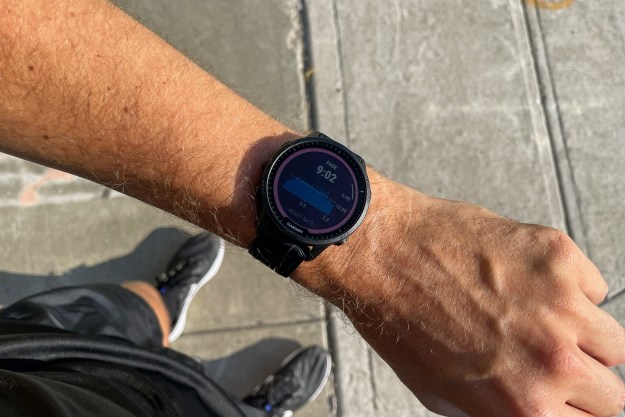Imagine if it was possible for people in drought-stricken parts of the world to literally pull fresh drinking water from the air. Such technology does, in fact, exist in the form of fog collectors. Fog collectors are mesh nets, able to capture between 2 and 10 percent of moisture in the air, depending on the efficiency of the material used. But it’s not a perfect solution since, as its name suggests, it relies on fog to work — thereby limiting it mainly to high altitude, mountainous areas, close to cold offshore currents. Could modern technology provide a better approach?
Yes, it can, suggests work coming of out Ohio’s University of Akron. Researchers at Akron, led by Shing-Chung Wong, have been developing a special nanofiber cloth material which could be used to gather water even in some of the world’s driest regions.
“What I’ve done is to develop a nanofiber membrane, based on an electrospinning process that we have studied for more than a decade,” Wong, a professor in the university’s Department of Mechanical Engineering, told Digital Trends. “The idea is to harvest water from the most abundant source that we have: the atmosphere.”
The electrospun polymers process Wong referred to describes a technique for the creation of nanoscale fibers, wrapped around tiny fragments of expanded graphite. An article for New Scientist aptly describes it as being similar to “spaghetti around meatballs.” The high surface-area-to-volume ratio of the nanoscale fiber polymers around the expanded graphite provides a large surface area for water droplets to condense on. When the material is squeezed or heated, the water drips out of it.

According to Wong, it should be possible to gather up to 180 liters of water daily for every square meter of the material. The technology can function without a battery, but using one to cool an attached element makes it more versatile and effective in locations such as deserts.
“This work is to address a humanitarian crisis,” Wong continued. “The ultimate goal is to provide a viable solution to help those areas around the world which are affected by drought. In my opinion, every human being is entitled to fresh water; not just the richest people globally.”
Going forward, Wong wants to explore new form factors for the material. For instance, he suggested that a backpack might prove the ideal design, since this contains an interior hollow section which could be utilized to gather pooling water — a bit like a mobile water cooler. “If we can get some research funding, it would really help speed up the process to develop a workable prototype,” he said.
The work was recently presented at the National Meeting and Exposition of the American Chemical Society in Boston.
Editors' Recommendations
- Could the Exaeris AcquaTap solve the world’s water crisis?
- What if your smartphone could sweat? Sounds odd, but it could be a game changer
- How a lesson learned from lotus flowers could give us self-cleaning solar panels
- Smart clothes could let you change your temperature with the touch of a button


